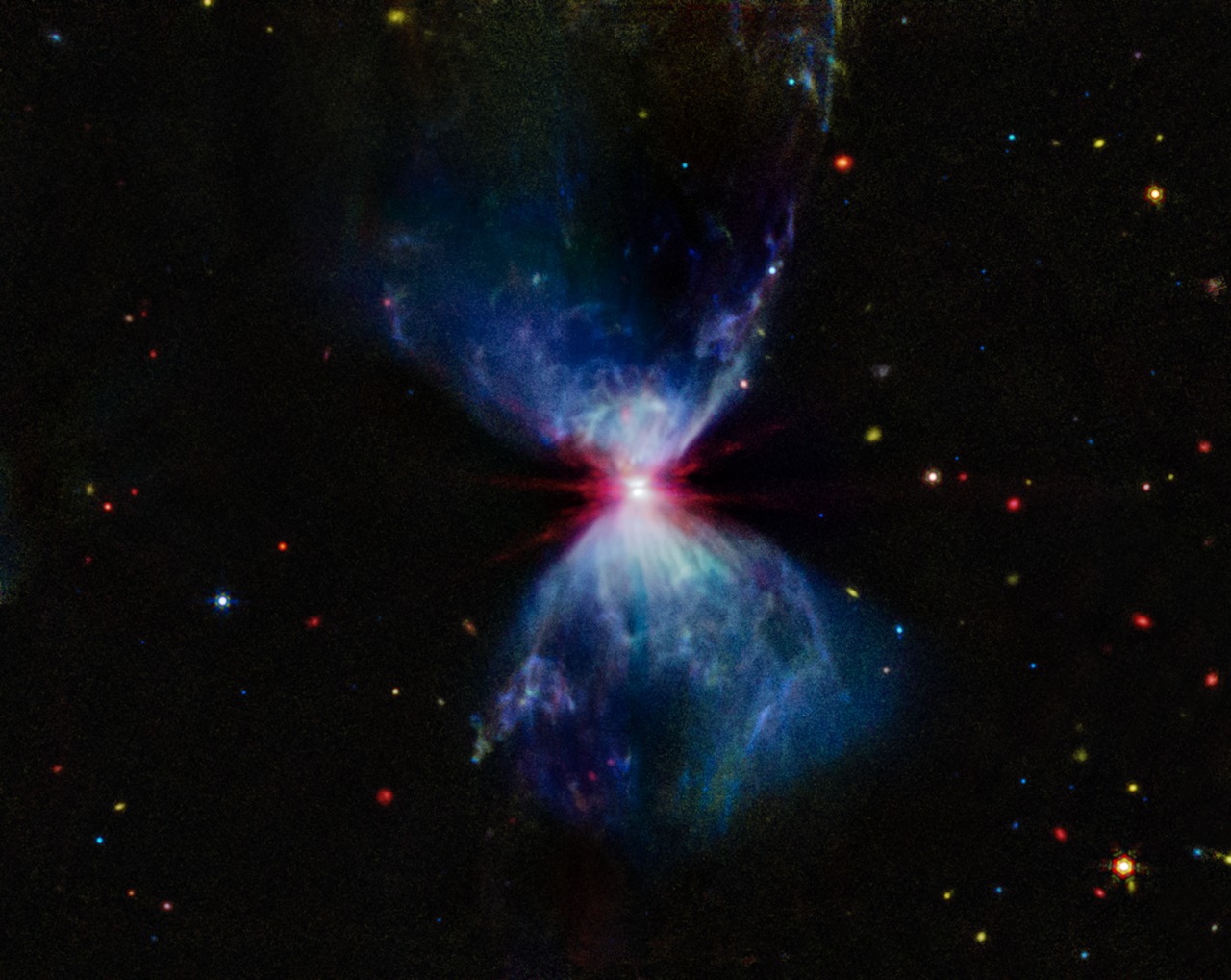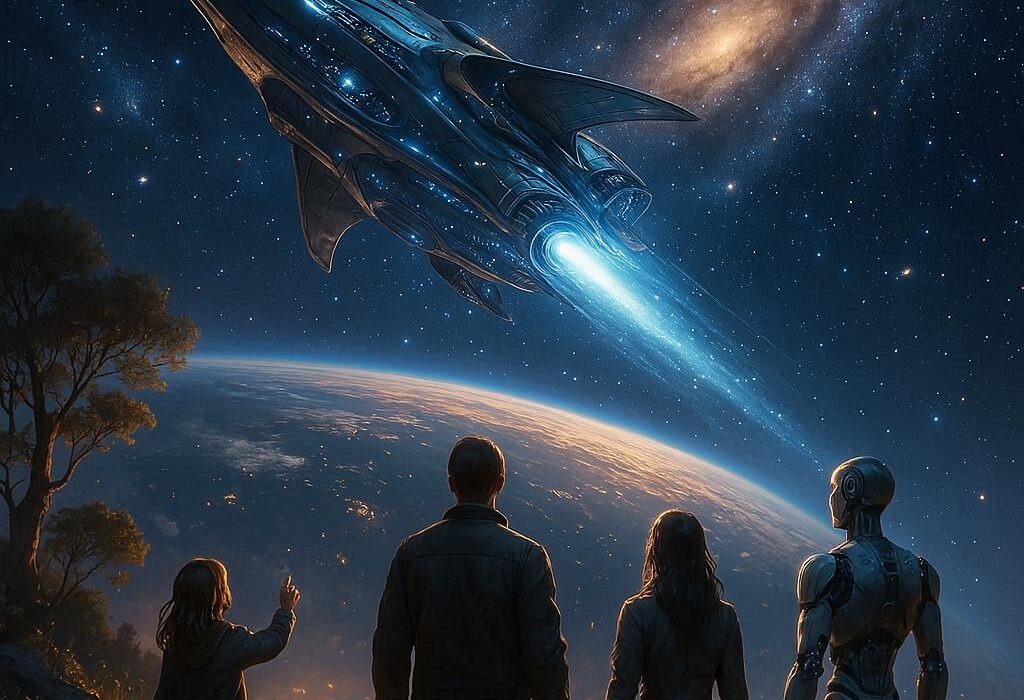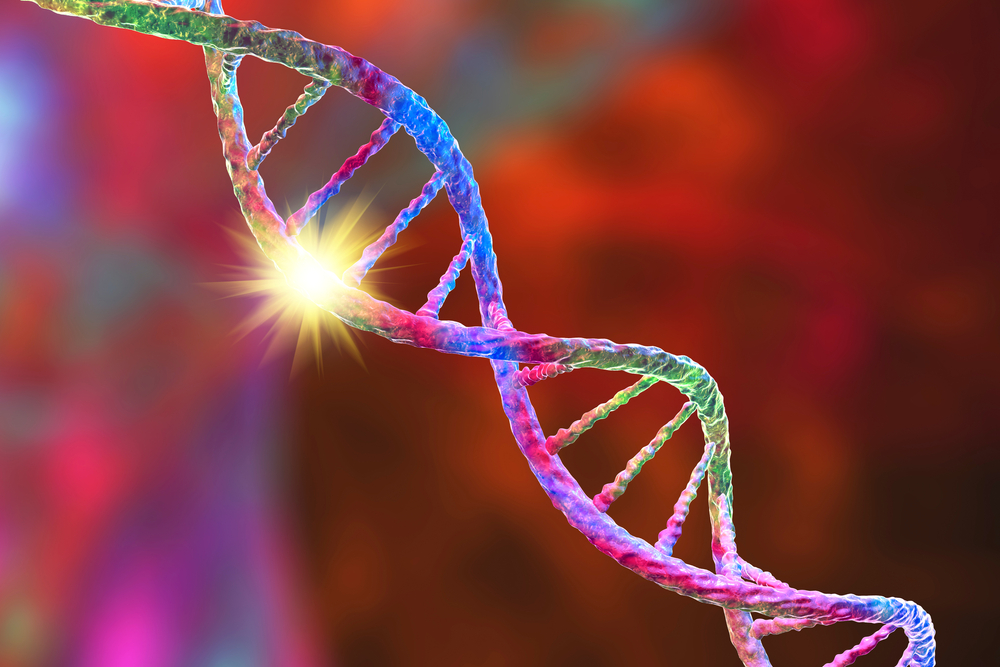The story of a star begins not in brightness, but in darkness. Deep within the cold reaches of a galaxy, far from the glittering arms where stars shine proudly, there exist vast clouds of dust and gas. These regions are immense—so large that they dwarf even entire solar systems—yet they are almost invisible to the human eye. Called molecular clouds or stellar nurseries, they are filled with hydrogen, helium, and trace elements, drifting in silence for millions of years.
To an observer, these clouds appear as dark patches blotting out the stars behind them, like shadows in the heavens. But within them lies the potential for light, for fire, for new suns that will one day blaze across the cosmos. The birth of a star is not sudden or dramatic; it begins with the faintest of whispers, with subtle shifts of gravity and density inside these colossal clouds.
Gravity’s Gentle Hand
Every atom in the universe pulls on every other atom with gravity. Most of the time, these pulls cancel one another out, leaving matter spread thin and still. But sometimes, in regions where gas is slightly denser, gravity gains the upper hand. Hydrogen atoms, the simplest and most abundant building blocks, drift closer together. What begins as an imperceptible gathering becomes, over millennia, a slow inward collapse.
Once gravity starts to take hold, the process accelerates. Like a snowball rolling down a hill, the cloud gathers more and more matter as it contracts. Clumps form within the larger cloud, each destined to become its own star. Within these knots of matter, gravity works tirelessly, squeezing the atoms together, pressing the gas tighter and tighter.
At this stage, temperatures are still cold, only a few tens of degrees above absolute zero. To human imagination, it might appear as if nothing is happening. Yet this is the quiet prelude to the most dramatic transformation nature can produce: the ignition of nuclear fire.
The Collapse into a Protostar
As the clump contracts, it begins to rotate. Conservation of angular momentum ensures that as the gas falls inward, its spin quickens, just as a figure skater spins faster when pulling in their arms. The rotation causes the collapsing gas to flatten into a disk surrounding the central mass. In the heart of the disk, at the very core of the collapse, a growing sphere of matter forms. This is the protostar—the embryonic stage of a future sun.
Protostars are hidden from human eyes by thick cocoons of dust. But astronomers can observe them in infrared light, which penetrates the clouds and reveals their glowing warmth. Within the protostar, pressure and temperature are steadily rising as gravity continues to squeeze inward.
Shock waves ripple through the collapsing gas. Some may be caused by nearby supernova explosions, the death cries of earlier stars that stir the cloud into new patterns. These waves help trigger collapse, ensuring that the cycle of birth follows death in the endless rhythm of the cosmos.
The protostar grows brighter in the infrared, though no visible light yet escapes. It is like a flame behind a curtain, unseen but undeniably present. The struggle between gravity pulling inward and pressure pushing outward defines this stage. If gravity wins completely, the collapse would never stop. But something extraordinary is about to intervene.
The Rising Heat of Fusion’s Threshold
At the very center of the protostar, atoms are forced into intimate contact. Hydrogen nuclei—protons—begin colliding with such force that they overcome their natural electrical repulsion. The temperature soars into the millions of degrees. Slowly, the conditions for nuclear fusion approach reality.
Fusion is the engine of starlight, the alchemy that turns simple hydrogen into heavier elements while releasing staggering amounts of energy. The balance point is precise: if the protostar is too small, with insufficient mass, it will never reach the temperatures needed for fusion. Such an object becomes a brown dwarf, glowing faintly but never igniting fully. But if enough matter gathers—roughly 8 percent the mass of our Sun or more—the threshold will be crossed.
As the protostar contracts, its central pressure and heat continue to climb. Turbulence rages inside; jets of material are blasted from its poles, carrying away angular momentum. This furious activity, invisible to the naked eye but detectable with radio and infrared telescopes, signals that the protostar is nearly ready. It is preparing to ignite the fire that will define its life for billions of years.
The Ignition of Starlight
Then comes the moment of transformation. In the dense, fiery core, hydrogen nuclei slam together and fuse to form helium. With each fusion reaction, energy is released in the form of photons. These photons, born in the heart of the star, begin their long, slow journey outward.
At first, the light cannot escape. It bounces around inside the dense gas for thousands, even millions of years, ricocheting from atom to atom. But eventually, as fusion stabilizes and the outward pressure balances the inward pull of gravity, the star finds equilibrium. It stops collapsing and instead shines.
For the first time, visible light bursts forth from the surrounding cloud. The curtain of dust thins, and a newborn star blazes into the cosmic stage. Its brilliance pushes back the darkness, illuminating the nebula that once hid it. Where there was only cold and silence, there is now warmth and radiance.
The star has been born. Its life, measured in billions of years, has begun.
The Main Sequence: A Star’s Long Youth
Once fusion begins, a star enters the phase known as the main sequence, where it will spend the vast majority of its lifetime. During this period, the star steadily converts hydrogen into helium in its core, maintaining a delicate balance between the crushing weight of gravity and the explosive pressure of nuclear fusion.
The precise characteristics of the star—its brightness, color, and lifespan—depend on its mass. A massive star burns hotter, bluer, and brighter, but consumes its fuel rapidly, living only a few million years before dying in violent explosions. A smaller star, like our Sun, burns more gently, glowing yellow for around ten billion years. Even smaller red dwarfs can burn for trillions of years, outlasting the current age of the universe.
The main sequence is a star’s prime, its steady adulthood, a time of stability and reliability. It shines, it warms, it shapes the planets that may form around it. For those who might one day live on such planets, the main sequence star becomes the giver of light, the sustainer of life.
The Birthplace of Worlds
The story of a star’s birth is inseparable from the birth of planets. The disk of gas and dust that surrounded the protostar does not vanish. Instead, it becomes the raw material for worlds. Particles collide and stick, forming clumps that grow into planetesimals. Over millions of years, these bodies merge into planets, moons, and asteroids, sculpted by the gravity of their young star.
In this way, the birth of a star is also the birth of a solar system. The same forces that ignite starlight also assemble the architecture of worlds. Some will be barren and lifeless, scorched or frozen. Others may hold water, air, and eventually, life. Without stars, there can be no planets; without planets, no life as we know it. Every star’s birth carries within it the possibility of new beginnings beyond imagination.
The Echo of Ancestors
A newly born star is not truly the beginning of creation. It is part of a cycle stretching back billions of years. The hydrogen that fuses in its core was forged in the Big Bang itself, 13.8 billion years ago. The heavier elements—carbon, oxygen, iron—present in trace amounts within the cloud were formed in earlier generations of stars, then spread across the galaxy by supernova explosions.
In this sense, every star is the child of earlier stars. The cycle of stellar birth, life, and death enriches the cosmos with new elements, making future stars and planets more complex. It is through this cycle that the ingredients of life—carbon for our bodies, oxygen for our breath, iron for our blood—came into being.
Thus, the birth of a star is not just the ignition of light. It is the continuation of a cosmic story, the renewal of a process that connects the present universe to its earliest moments. To look at a newborn star is to witness both the past and the future entwined in fire.
The Human Connection to Stellar Birth
When we gaze at the night sky, we are not merely admiring distant suns. We are looking at our origins. The atoms in our bodies were once part of ancient stars that lived and died long before the Sun was born. We are literally stardust, assembled from the debris of cosmic furnaces.
This realization transforms the story of stellar birth from an abstract scientific process into a profoundly personal one. The birth of every star echoes the birth of ourselves. The hydrogen that fuels the fire of a newborn star is the same hydrogen that flows in the water we drink. The elements forged in its eventual death will one day enrich new clouds, new stars, new planets, and perhaps new life.
The universe is not static. It is alive with cycles of creation and transformation. Each star that ignites carries within it the promise of futures yet unimagined.
The Eternal Dance of Light
The birth of a star is one of nature’s greatest miracles. It begins with silence, with invisible clouds drifting across the galaxy. It proceeds with gravity’s patient pull, with collapse and heating, with turbulence and jets of matter. And it culminates in a blaze of fusion, in the sudden and eternal triumph of light over darkness.
The process is slow, spanning millions of years, but its outcome is spectacular. A star rises from obscurity to brilliance, destined to burn for eons, to sculpt planets, to enrich the galaxy, to inspire wonder in the eyes of those who gaze upward.
Every star we see in the sky has undergone this journey. Every twinkling point of light carries within it the memory of collapse, of ignition, of birth. And every human story, every dream, every breath we take, is linked to these distant fires. For in the end, the birth of a star is not just the story of the universe. It is our story too.






